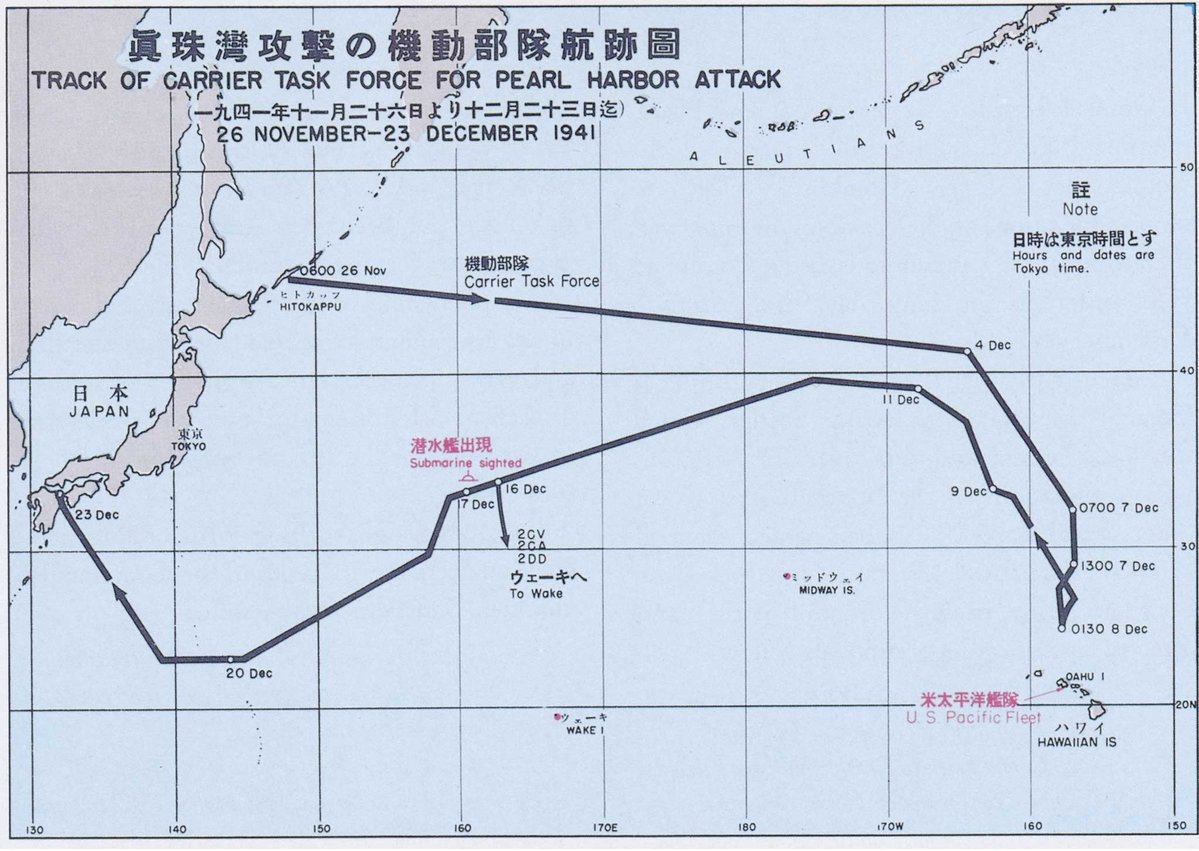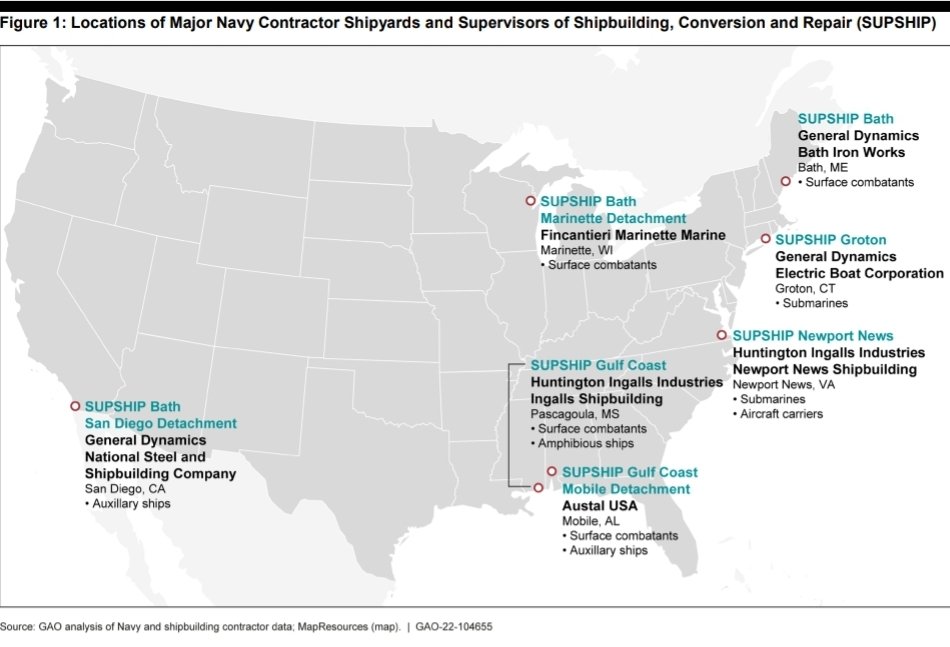The 252M, 114k ton Singapore-flagged crude oil tanker #AffinityV went aground south bound in the #Suez, just north of where #EverGiven went aground in March 2021.
Egyptian tugs are on scene.
Vessels in the southbound convoy from the lake appear to be in disarray having to stop.



Egyptian tugs are on scene.
Vessels in the southbound convoy from the lake appear to be in disarray having to stop.




Looking at her track on @MarineTraffic, she appeared to ground, get loose and is now grounded again.
Her last port was Sines, Portugal enroute to Yanbu, Saudi Arabia. She is probably light and heading to load.

Her last port was Sines, Portugal enroute to Yanbu, Saudi Arabia. She is probably light and heading to load.


Tanker #AFFINITYV is currently being assisted by the large tug Ezzat Adel and three smaller tugs.
They appeared to have removed her from the initial grounding but then grounded again a mile further south based on her AIS data.

They appeared to have removed her from the initial grounding but then grounded again a mile further south based on her AIS data.


It looks like #AFFINITYV is now reporting herself STOPPED vice aground.
The potential damage from the collision by Amelia probably has both ships assessing their situation before moving them.
The potential damage from the collision by Amelia probably has both ships assessing their situation before moving them.

Situation resolved. #AFFINITYV is heading southbound, followed by #Amelia. Other ships should be proceeding shortly.
Based on AIS, it appeared Affinity was being set to the west and in her lightly loaded condition may have been pushed into the bank....
Based on AIS, it appeared Affinity was being set to the west and in her lightly loaded condition may have been pushed into the bank....

She was the hit by Amelia. The tugs were able to pivot #AFFINITYV counter-clockwise and get her stern back into the channel. The West side of the #Suez does not have spoil in it like the East side where #EverGiven grounded. Once turned, she was able to back out. 

Thanks to @jsrailton @Samir_Madani @MikeSchuler @johnkonrad and @MarineTraffic, along with my viewers and subscribers to What's Going on With Shipping for indulging a return to What's Going on in the Suez.
youtube.com/c/WhatisGoingo…
youtube.com/c/WhatisGoingo…
• • •
Missing some Tweet in this thread? You can try to
force a refresh






















